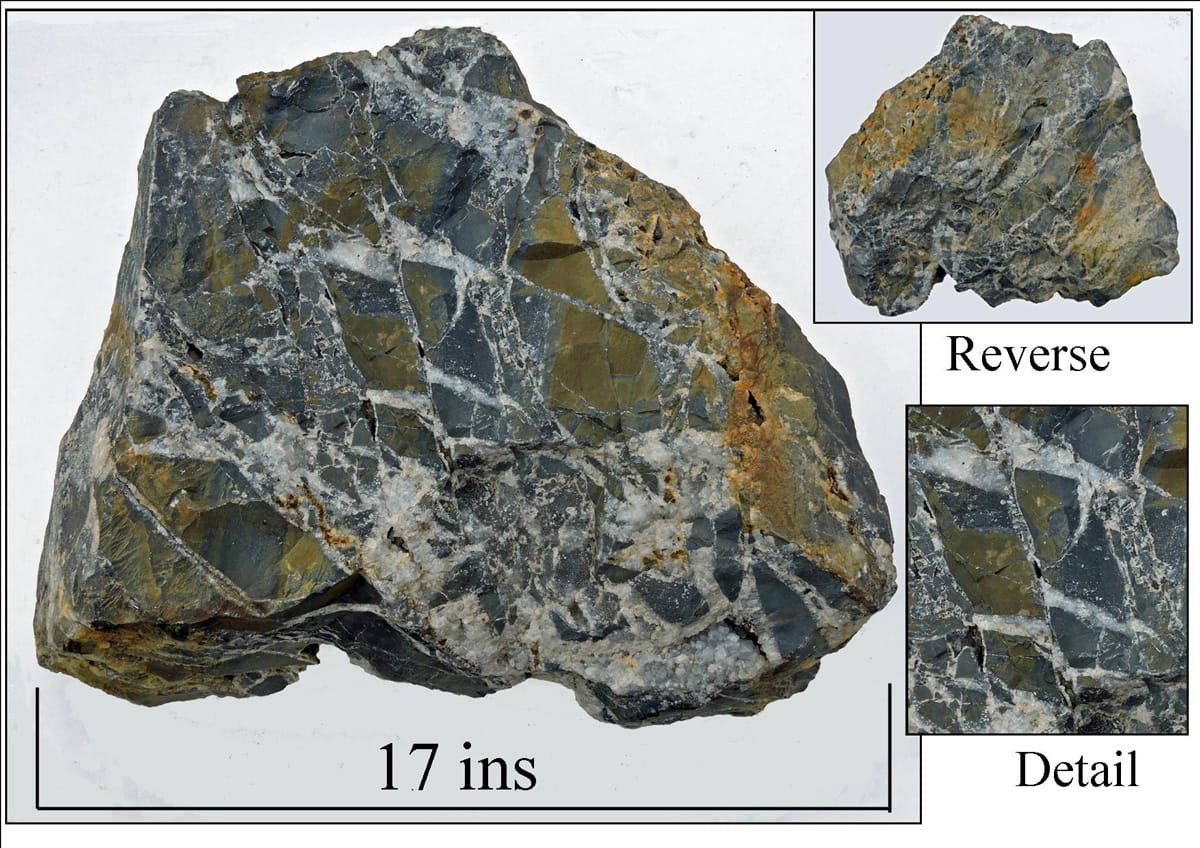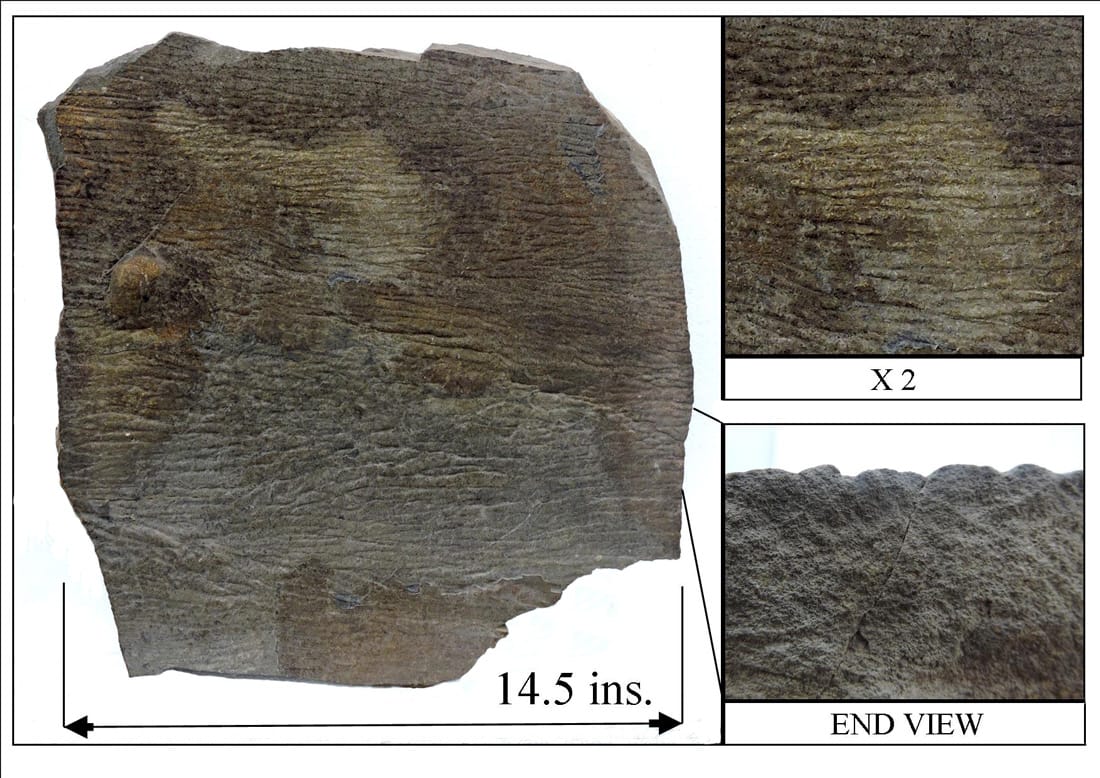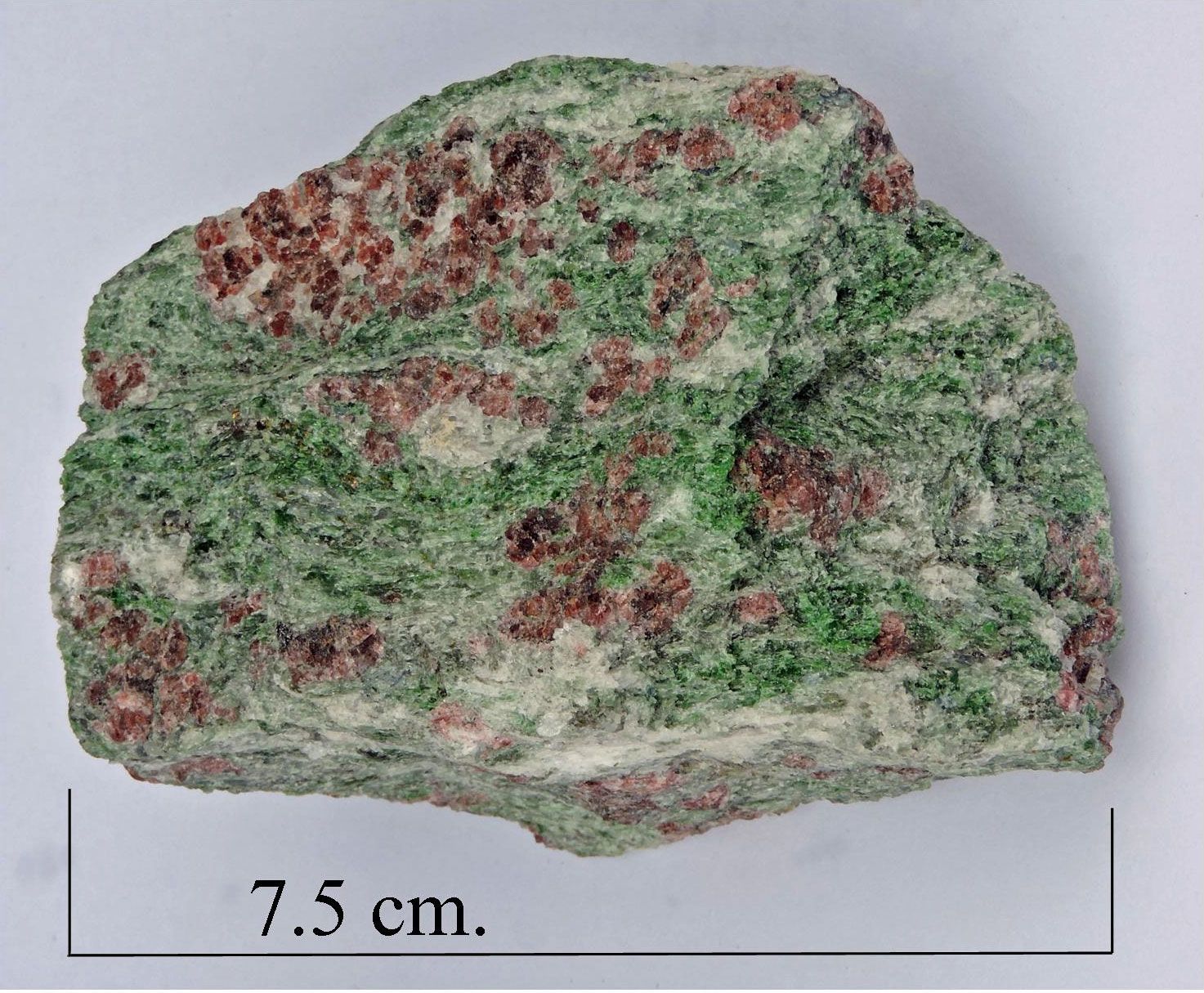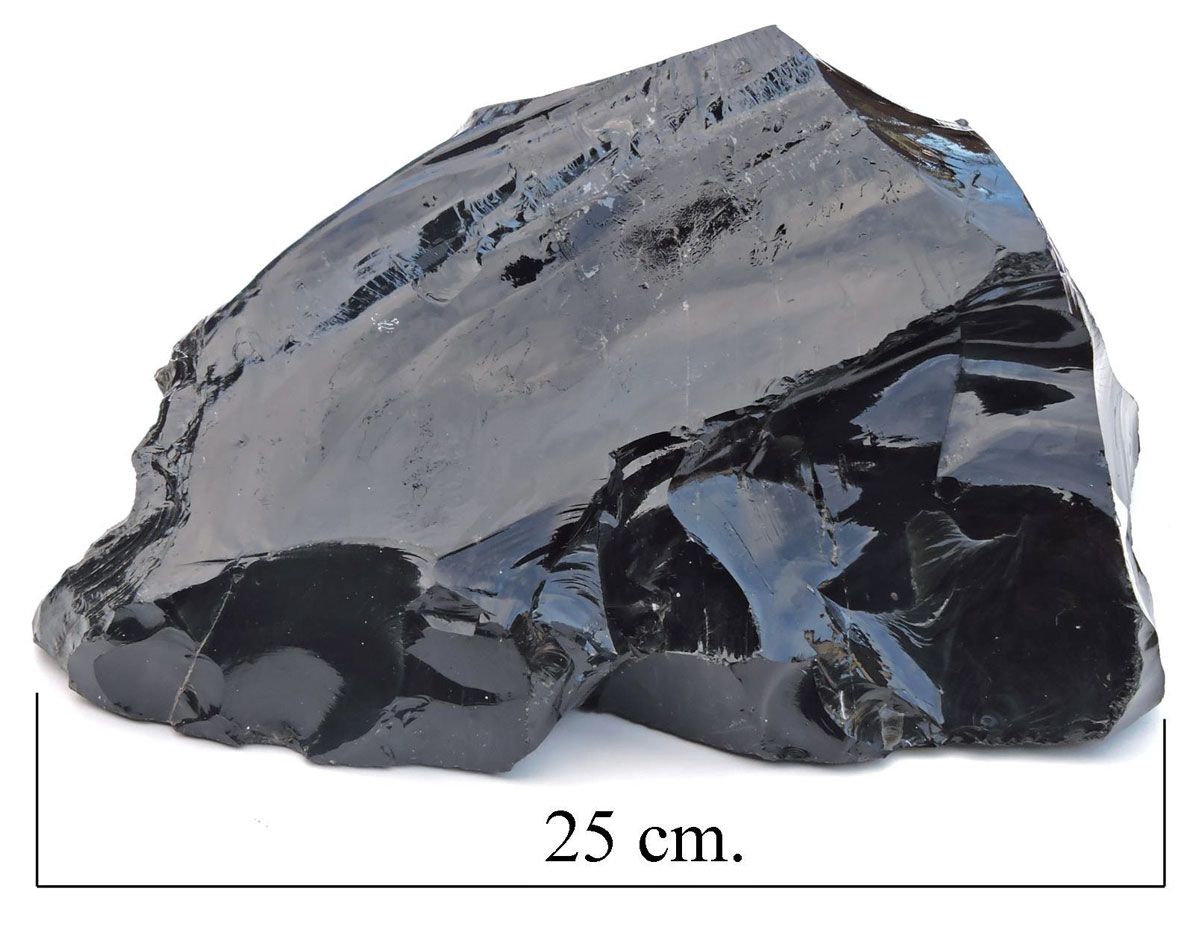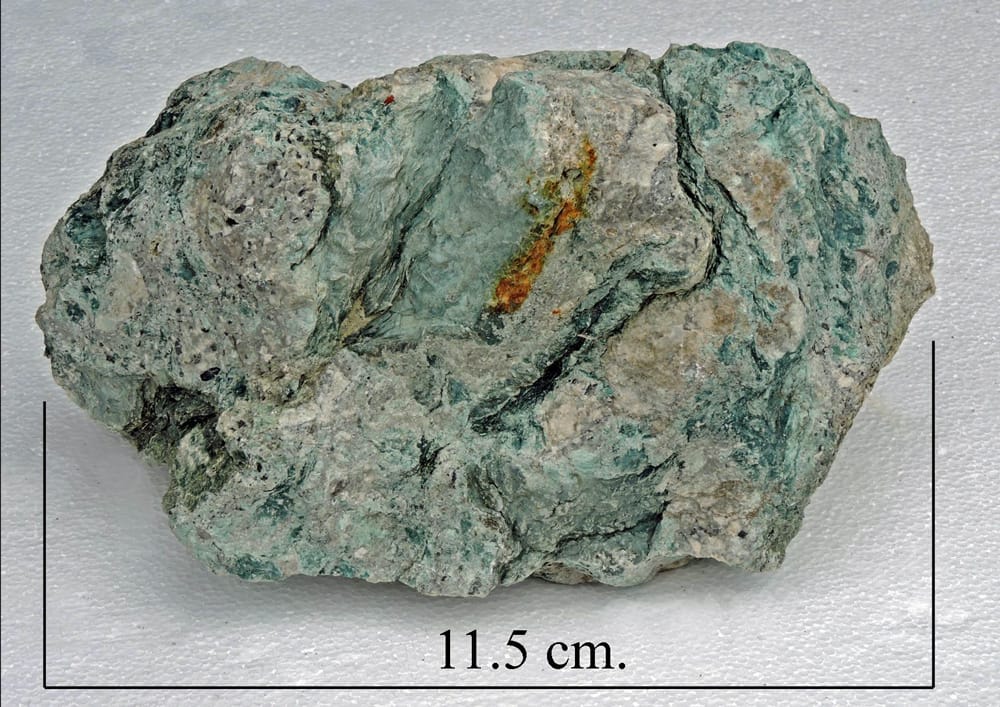
Tuff, Rhyoltic,Chloritic, Welshpool.
The Specimen was collected from Middletown Quarry, near Welshpool, Powys. The quarry is very small, but hosts a number of very interesting features, one of which is an outcrop of green, chloritised, rhyolitic, tuff. The quarry is in the uppermost part of the Middletown formation, and is known as the Middletown Quarry member ( Middletown formation of Dixon, 1990 ) The formation comprises bright green chloritised, rhyolitic tuffs and breccias containing white bentonitic material and pebbly mudstones ( debrites ). The member is the centre of a very localised, explosive volcanic centre, and has a maximum thickness of 60m. in Middletown Quarry.
